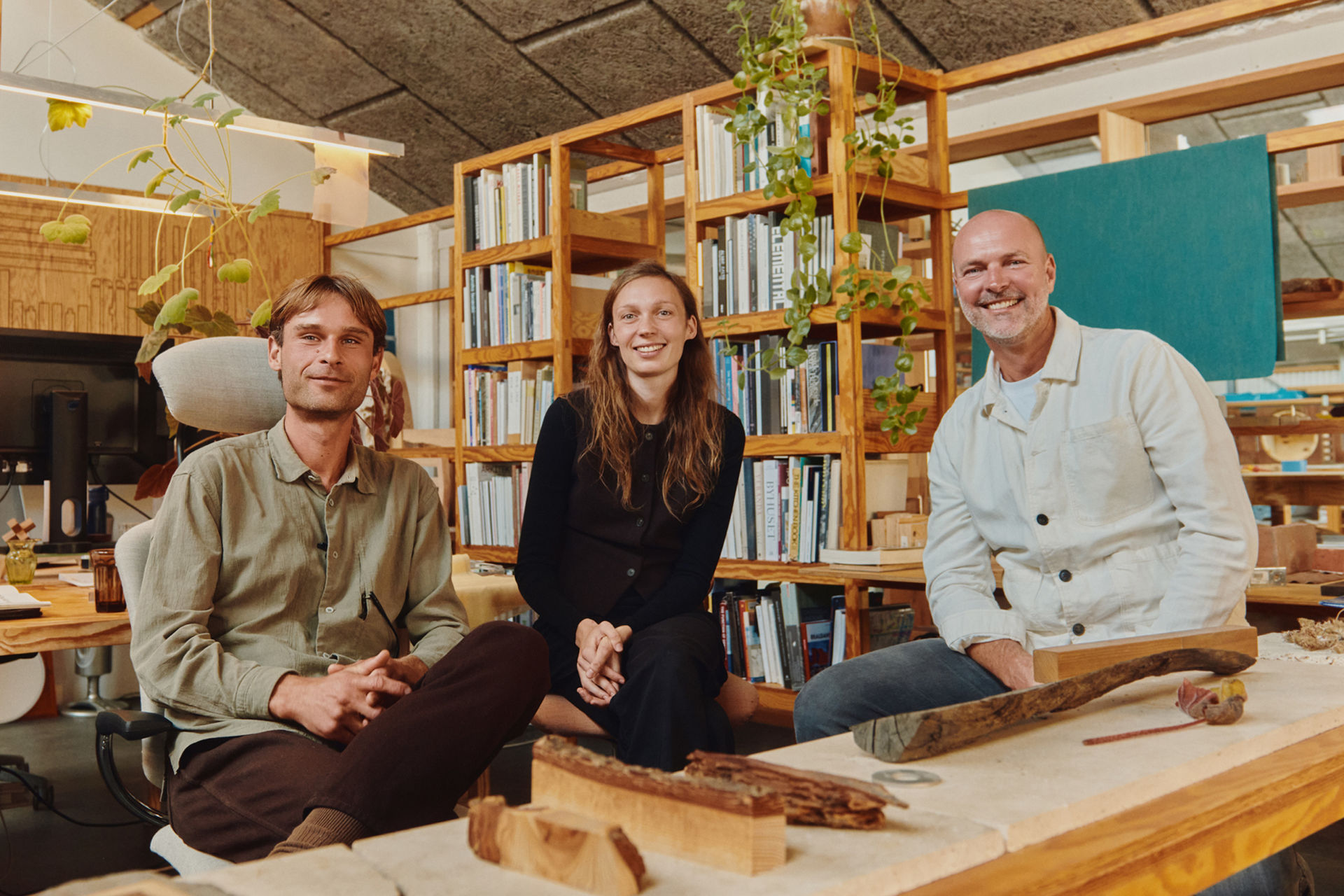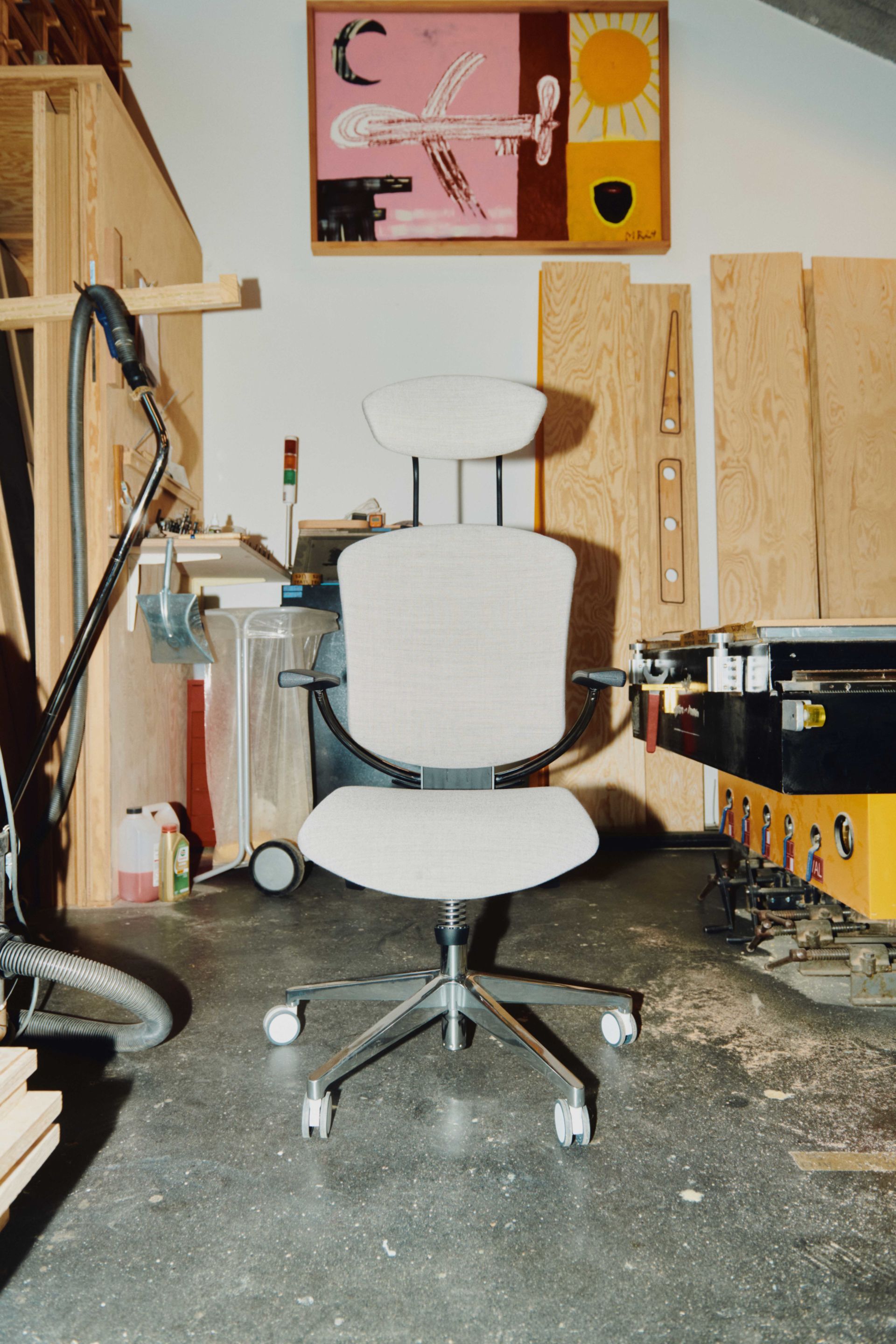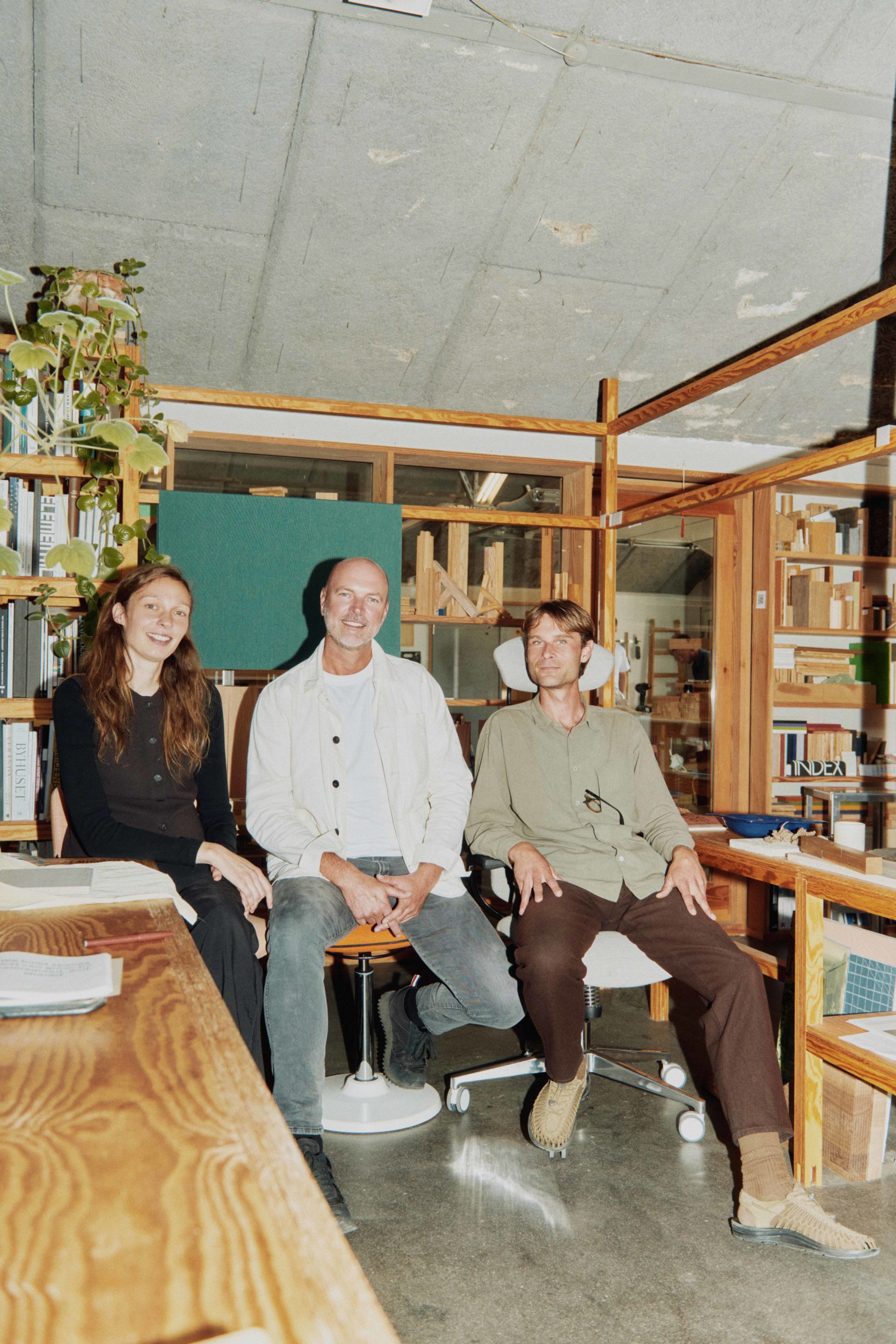C.H. We’ve talked a lot about products, but let’s shift to workspace design. How do you see it evolving in the future? Since the pandemic, we’ve been navigating a balance between office and home work. From your perspective as workspace designers, what are your top tips for the workspaces of the future?
E.R.F. This might put us out of work (laughs), but architects really need to step back a bit. There’s already a lot happening in existing buildings, with people living and working there. What are their patterns? What do they actually need? That’s where co-creation comes in.
The people who work there know best. It’s about really understanding the company’s purpose, their strategy, how people feel in the space. Then you can try to reflect all that in the office, translating the purpose of the company into activity-based spaces.
C.H. So, driving more into the human psychology elements and on a deeper level?
E.R.F. Yeah, exactly. It moves away from just sitting in front of a computer to what you could call activity-based workspace design – thinking about what people are actually doing. Hopefully, AI and automation will free up more time for human interaction, because that’s the one thing AI can’t do yet: be creative and put different things together.
Then, of course, there’s all the functional stuff. Workspaces get a lot of wear and tear, strategies change every year, the world moves fast. How do you design something that can adapt over time? That’s where products come in – you can update your chairs, change them. How you subdivide a space can change, too. Adaptability is key. So for me, the big ideas are co-creation, adaptability, and activity-based workspace design.
B.M.R.Now, ideally, it would be great if you could just have one office for everyone, right? But there’s no one-size-fits-all. There are always special needs. And that’s exactly why adaptability is so important.
E.R.F. I think that’s a good point. We build spaces that can grow. We don’t define what people have to do, but create an environment where they can make it their own.
C.H. And if you have a seating producer like Savo with its guiding principles – sustainability, flexibility, adaptability, modularity – and architects like Archival working with the same ideas, then these kinds of collaborations are a really good starting point for exploring the future of workspace design.
E.R.F. Then we just need the politicians to set a good framework so we can earn what we need to do the right things sustainably. And the population has to push for it, too. So it’s also about how we, with design products that exist in a commercial reality, find a way to tell that story. Is it just icing on the cake, or is it a strong branding story?
C.H. Agreed. I just want to say thank you both so much. It’s been a really interesting chat, and a pleasure talking to you. Keep doing what you’re doing – it’s awesome.
B.M.R.& E.R.F. Thanks, you too!






